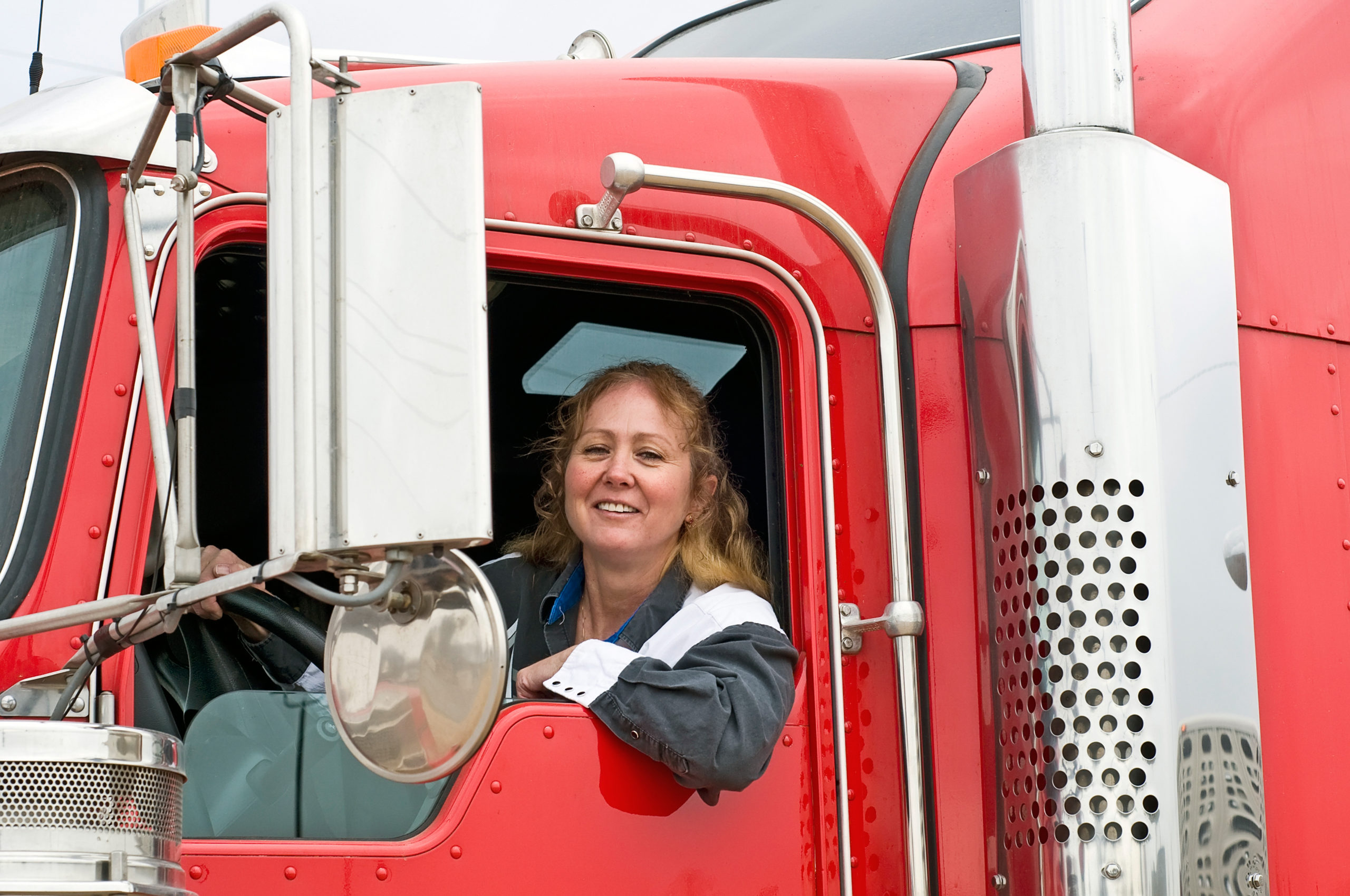
Although work is sometimes a great place to incorporate movement into your day, it’s easier to do that in some professions than others. For example, getting a standing desk or going for a quick walk after a lunch break doesn’t work for everyone. In fact, if you are a trucker — or someone who spends extended amounts of time driving for work — it can be very challenging to figure out how to get exercise.
Take heart, truckers. We’ve got your back (and your legs, arms and glutes)!
Our Level2 certified health coaches have created a great list of exercises that you can do while you’re on the road, from ideas for what you can do when you stop for a quick break.
Aerobic exercise:
Take advantage of stops to take a walk. As little as five minutes of activity can have health benefits. In your case, just try walking or jogging around your truck a few times. Even a few times around the truck a couple of times a day will add up.
In-cab resistance and flexibility exercises:
These are simple exercises specifically with truck drivers in mind, using minimal to no equipment. These exercises can easily be incorporated into your routine, even while on the road.
Driving a truck can contribute to some specific challenges with posture. When you drive for long periods of time, muscles like your hip flexors and chest can get tight. You may feel tension in your neck and shoulders. On the other hand, your glutes and muscles in your back that help with posture can be weakened.
The following exercises are intended to help strengthen weaker muscles and stretch those that may be feeling tight. (And these exercises may be done in combination as a workout routine, or you can just pick one to three of them and feel the benefits over time.)
Remember to talk with your provider before starting a physical activity program as they may need to adjust your medications to your exercise routine; it is important to stay hydrated, protect your feet, and monitor your glucose before, during, and after activity.
Bodyweight squats:
Why: They help strength muscles in your lower body.
How: Stand with feet about hip width apart. Your knees and toes should be facing forward. Bend your knees and lower your body as if you are going to sit back into a chair (you could use a bench at a truck stop to do this too) keeping your weight back in your heels. Stand back up.
See how to squat . Start with 1 set of 10 repetitions, work up to 3 sets.
Glute Bridges:
Why: They help strengthen your glutes and core, which get weakened while sitting for long periods of time and contribute to lower back pain.
How: Lie on your back with knees bent and feet hip width apart. Lift your hips upwards off the floor by contracting your glutes. Slowly lower back down. Start with 1 set of 10 repetitions, work up to 3 sets.
See how to do a glute bridge.
Bird dogs:
Why: This exercise will strengthen your core, hip and back muscles and challenge your balance.
How: Kneel on all fours with your knees hip width apart and your arms shoulder width apart. Reach one arm straight out in front and extend your opposite leg behind you. Aim to keep your hips square to the ground. Hold for 1-2 seconds then return to your hands and knees. Switch to the other side. Start with 1 set of 10 to 20 total repetitions, working up to 3 sets
See how to do a birddog.
Resistance Band Row:
Why: Strengthens your upper back muscles and helps with posture.
How: Start seated with your legs extended out in front of you. Place the band around your feet. To really secure the band and to take up any slack in the band, make a loop around each foot. Squeeze your shoulder blades together and use your arms to pull the handles back until your elbows are behind you. Return to start position and repeat. Start with 1 set of 10-15 repetitions, working up to 3 sets.
See how to do a resistance band row.
Kneeling hip flexor stretch:
Why: Sitting and driving all day leads to tight hip flexors, which can contribute to lower back pain and muscle imbalances.
How: Feel free to use a folded towel or blanket to cushion your knee. Start by kneeling on your left knee with your right leg bent at 90 degrees, with right foot on the floor directly under the knee. Gently lean forward until you feel a stretch, hold for 30 seconds.
See how to do a kneeling hip flexor stretch.
Seated Chest Stretch:
Why: Driving can lead to tightness in your chest muscles, which can contribute to poor posture.
How: Place your hands behind your head with your elbows out to the side. Squeeze your shoulder blades together to pull your elbows back. Hold 30 seconds
See how to do a chest stretch.
Neck Stretches: Side neck stretches and chin tucks
Why: Driving can create tension in your neck muscles
How:
Side neck stretches: Facing straight ahead, tilt your head so you are moving your right ear towards your right shoulder. Hold 30 seconds and repeat on the other side.
Chin tucks: lower your chin to your chest until you feel a stretch in the back of your neck. Hold for 30 seconds
Apr. 14 2022